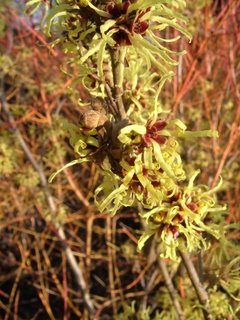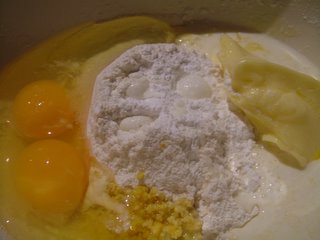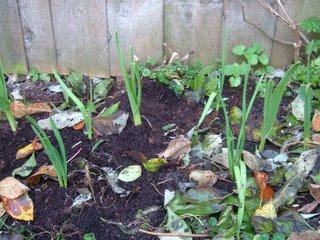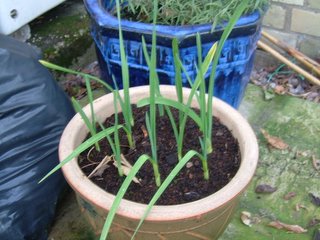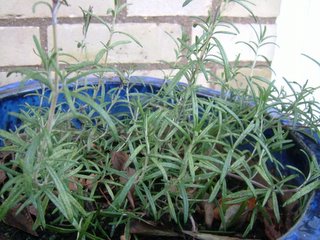 So – we’re back from skiing, thinner, tanned and full of American protein (the food was marvellous, but we must have seen a grand total of about three vegetables in the two weeks we were there). Holiday photos and some restaurant reviews to be drip-fed to you over the next couple of weeks in addition to normal service.
So – we’re back from skiing, thinner, tanned and full of American protein (the food was marvellous, but we must have seen a grand total of about three vegetables in the two weeks we were there). Holiday photos and some restaurant reviews to be drip-fed to you over the next couple of weeks in addition to normal service.
Our Christmas present to ourselves arrived on the day before we left – a new Smeg fridge (the model number is FAB28R for those interested) in a poppy red. It may not be a traditional fridge colour, but I absolutely love it, and with a 258-litre capacity it’s more than twice the size of our old, dribbly, half-height fridge. It’s gorgeous; shiny, chunky, and terribly, terribly red. The chrome handle and lettering are beautifully machined and feel very durable.
 The inside of the fridge is just as well designed, with a bottle rack which can be set to hold your bottles horizontal or at a tilt, a cheese box, adjustable shelving, egg and butter sections, plastic flexible fingers to stop bottles standing in the door from tipping and falling over when you open it, the mandatory salad drawer, and lots and lots of glorious, well-lit space.
The inside of the fridge is just as well designed, with a bottle rack which can be set to hold your bottles horizontal or at a tilt, a cheese box, adjustable shelving, egg and butter sections, plastic flexible fingers to stop bottles standing in the door from tipping and falling over when you open it, the mandatory salad drawer, and lots and lots of glorious, well-lit space.
 I’ve filled it with good things – there are two jars of foie gras in there, some goose fat, a duck and its giblets, some dried fish (Ikan Bilis), wasabi, two kinds of mayonnaise, two kinds of miso, salted and unsalted butter, and the usual milk, cream and eggs. There’s some Speck, walnut oil, garlic, several different kinds of chili and soya sauce and a huge volume of vegetables. There’s Gü chocolate souffle for the sweetie-craving Mr Weasel, litres of cranberry juice, some Stilton and Parmesan, and a great big jar of anchovies from the Italian delicatessen. This is fantastic – with the old fridge, tiny and poorly-designed, filling it after the weekly shop was always a taxing exercise in topology.
I’ve filled it with good things – there are two jars of foie gras in there, some goose fat, a duck and its giblets, some dried fish (Ikan Bilis), wasabi, two kinds of mayonnaise, two kinds of miso, salted and unsalted butter, and the usual milk, cream and eggs. There’s some Speck, walnut oil, garlic, several different kinds of chili and soya sauce and a huge volume of vegetables. There’s Gü chocolate souffle for the sweetie-craving Mr Weasel, litres of cranberry juice, some Stilton and Parmesan, and a great big jar of anchovies from the Italian delicatessen. This is fantastic – with the old fridge, tiny and poorly-designed, filling it after the weekly shop was always a taxing exercise in topology.
 The shelves are glass, not mesh, so there’s no danger of dripping and contamination (a real problem in the old fridge, which we inherited from the people who used to live here). They’re also very easy to adjust, so I’ve got a comfortably variable space between shelves at the moment. The small freezer compartment – small because we have a large freezer in the utility room – is just large enough for a bottle of vodka and an ice cube tray, and there’s plenty of space in the door for my depressingly large collection of sauce bottles. (Does one household really need eight different kinds of chilli sauce? I think it does.)
The shelves are glass, not mesh, so there’s no danger of dripping and contamination (a real problem in the old fridge, which we inherited from the people who used to live here). They’re also very easy to adjust, so I’ve got a comfortably variable space between shelves at the moment. The small freezer compartment – small because we have a large freezer in the utility room – is just large enough for a bottle of vodka and an ice cube tray, and there’s plenty of space in the door for my depressingly large collection of sauce bottles. (Does one household really need eight different kinds of chilli sauce? I think it does.)
 I’m still rather jet-lagged, so tonight we are having an uncharacteristic pre-prepared meal of fresh pasta and a supermarket pasta sauce.
I’m still rather jet-lagged, so tonight we are having an uncharacteristic pre-prepared meal of fresh pasta and a supermarket pasta sauce.
Which I’ve been keeping in the fridge.





